Apple on Tuesday was granted a patent for an invention that creates microperforations in a device so small as be imperceptible to the naked eye, but large enough to allow the passage of light, that can be used in concert with multitouch technology to create invisible device controls.
Apple's U.S. Patent No. 8,303,151 for "Microperforation illumination" can be viewed as an augmentation to the technology used to create the white sleep indicator light found in the MacBook computer lineup. Unlike the existing implementation, however, the new patent allows for greater control and intensity of the light emitted, while providing for embodiments where touch sensitive materials can be used to create "invisible" controls.
The invention describes a number of backlit visual display embodiments, all of which are based on a light source, a light guide, and some implementation of microperforations in the body of a device. Aimed directly at making a device more aesthetically pleasing, the technology can be used for status indicators, functional input elements like a keyboard or mouse, or solely for design such as a logo.
From the patent's background:
While providing attractive visual display elements and indicators for a user is very important in many electronic devices, much of the aesthetic appeal of a device can quickly be compromised if the visual display elements do not transmit enough light to be adequately perceived by a user. The aesthetic appeal of a device may also be diminished if inactive visual display elements remain perceptible to the user when in an "off" state.
Key to the invention's advancement over current designs is the way in which light is finely tuned as it passes through the microperforations. To create the tiny holes, a laser is used to make precise cuts in a material's face. Because the shape of the cuts can be manipulated, in some cases conical or cylindrical, the intensity and focus of the light emitted can be controlled.
Offering further control over the way light is passed through the microperforations are concave microlenses, which themselves can be formed in various shapes to achieve a desired level of light refraction. For example, a steep-walled microlens may yield a more intense, focused light while a different wall gradient may produce increased refraction and thus a more diffuse light.
Feeding light to the perforations is a light guide, much like those used in current iOS devices for LED backlighting. The microlenses are positioned along the light guide, beneath the microperforations, or in the perforations themselves to illuminate the visual display, thus increasing efficiency and control over the light's direction. Depending on the implementation, the bottom of the light guide can also have microlenses.
In order to achieve uniform illumination, the microperforations can be enlarged with respect to their distance from the light guide. For example, holes closer to the light source have a smaller diameter while those farther away have a large bore.
The '151 patent also provides for touch sensitive materials to be placed within the device's structure to create an interactive lighting system that can appear and disappear when as needed. Such controls could be useful in keeping a device's surface completely blank when powered off, which would transform into an adequately bright user interface when powered on. Similar technology exists in other portable devices, however the cutouts used to shape emitted light can still be seen even when turned off.
It is unclear if Apple will one day incorporate the invention into a consumer product, however with the current implementation of the MacBook's sleep indicator, such a system may feasibly be deployed without major retooling.
 Mikey Campbell
Mikey Campbell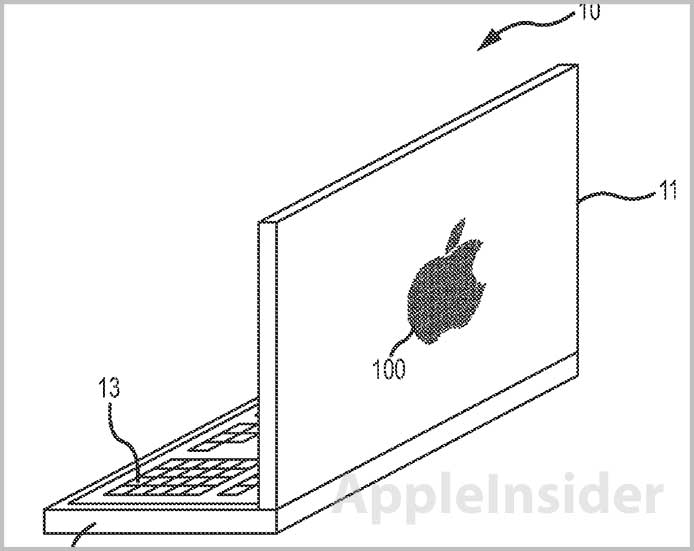



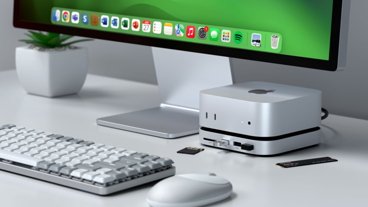











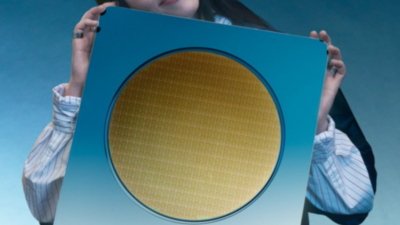
 Andrew Orr
Andrew Orr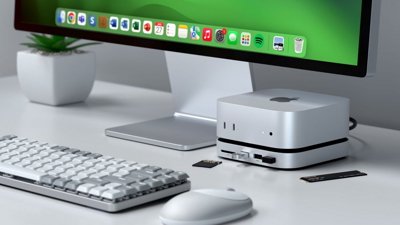
 Amber Neely
Amber Neely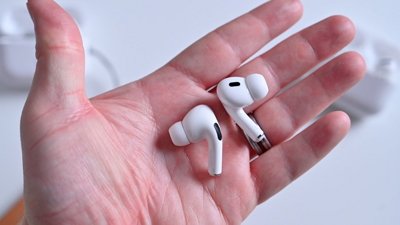

 William Gallagher
William Gallagher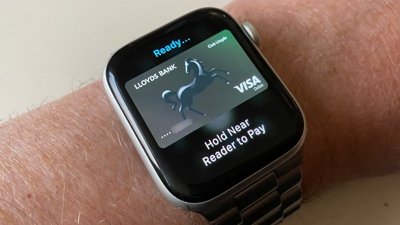


 Christine McKee
Christine McKee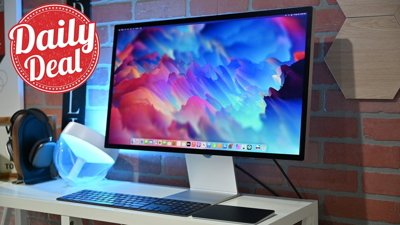
 AppleInsider Staff
AppleInsider Staff








14 Comments
removed
That's kind of neat.
That would be cool.
So cool. What other hardware designer ever considers this?
[quote name="Carthusia" url="/t/154103/apple-tech-can-illuminate-invisible-touch-controls-displays#post_2227892"]So cool. What other hardware designer ever considers this? [/quote] All I'm sure....it's just a natural progression of display tech. /s